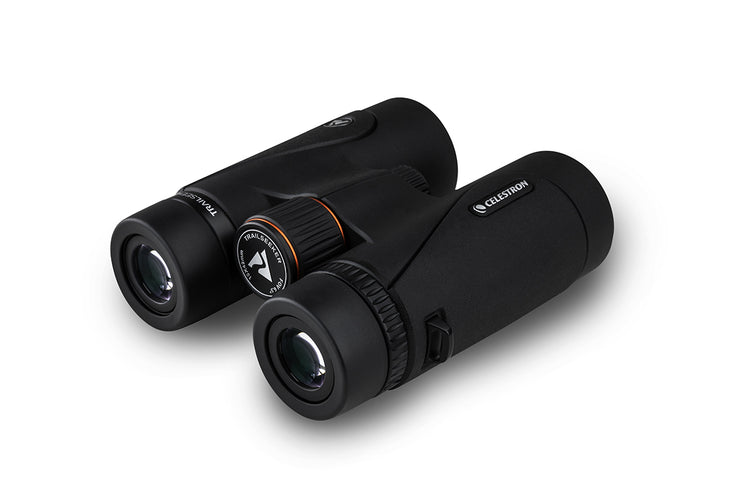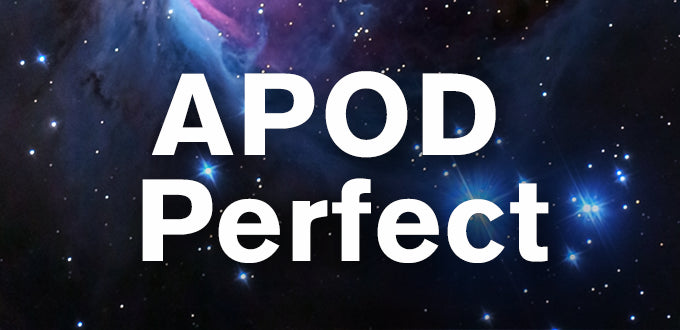Why do I need to guide my telescope for photography? Don’t accurate alignment and firmware functions like periodic error correction (PEC) take care of it all?
May 20, 2009
An excellent mount can greatly minimize the need for guiding and probably eliminate it for shorter exposures with shorter focal-length scopes or piggybacked cameras.
However, guiding (manual or auto) is still needed to counteract imperfect polar alignment, either because of your inaccuracy in technique (centering stars, etc.) or limits of firmware in correcting for cone error, etc.
While cone error corrections using calibration stars do correct for a fixed value of the difference between parallelism of the telescope tube and mount, they don’t correct for flexure between the two as the scope changes position during the night, or flexure between the main tube and a piggybacked lens/scope.
Periodic error is greatly reduced in a high-quality mount and further reduced by the use of PEC utilities. So usually what’s left from the mount are non-periodic errors from the gearing and motors, fluctuations in current in the power supply, differences between the sidereal rate and the actual rate produced by your drive.
And the atmosphere itself can cause errors that will show up in images. First, the atmosphere acts like a weak lens and actually bends light upwards. This atmospheric refraction is greatest at low altitudes, where starlight goes through the most air. Some drives will correct for this as the King rate, however, many modern drives don’t.
Seeing or atmospheric turbulence puts a limit on any kind of guiding: it introduces 3 to 5 arc-seconds of random variation into exposures, so you cannot get star images smaller than this angle.
Updated 12/27/13

























